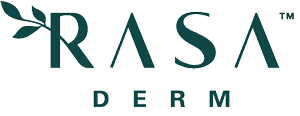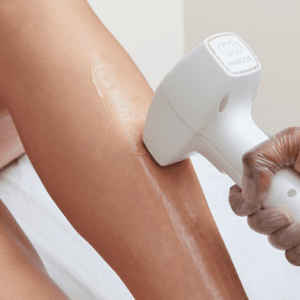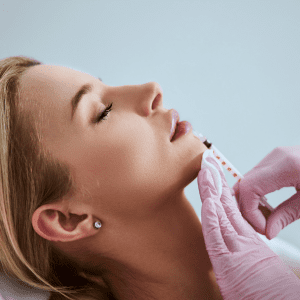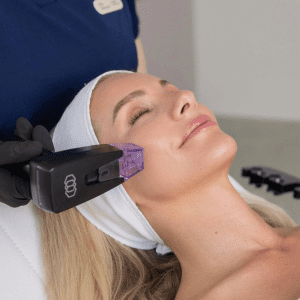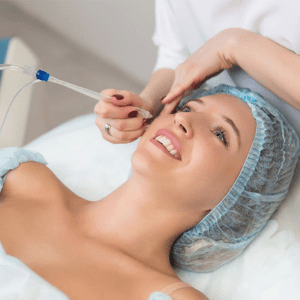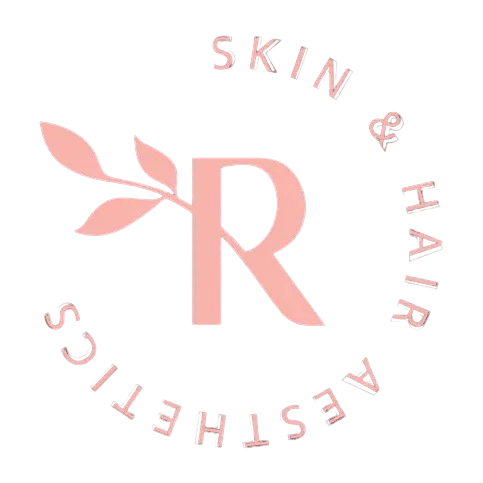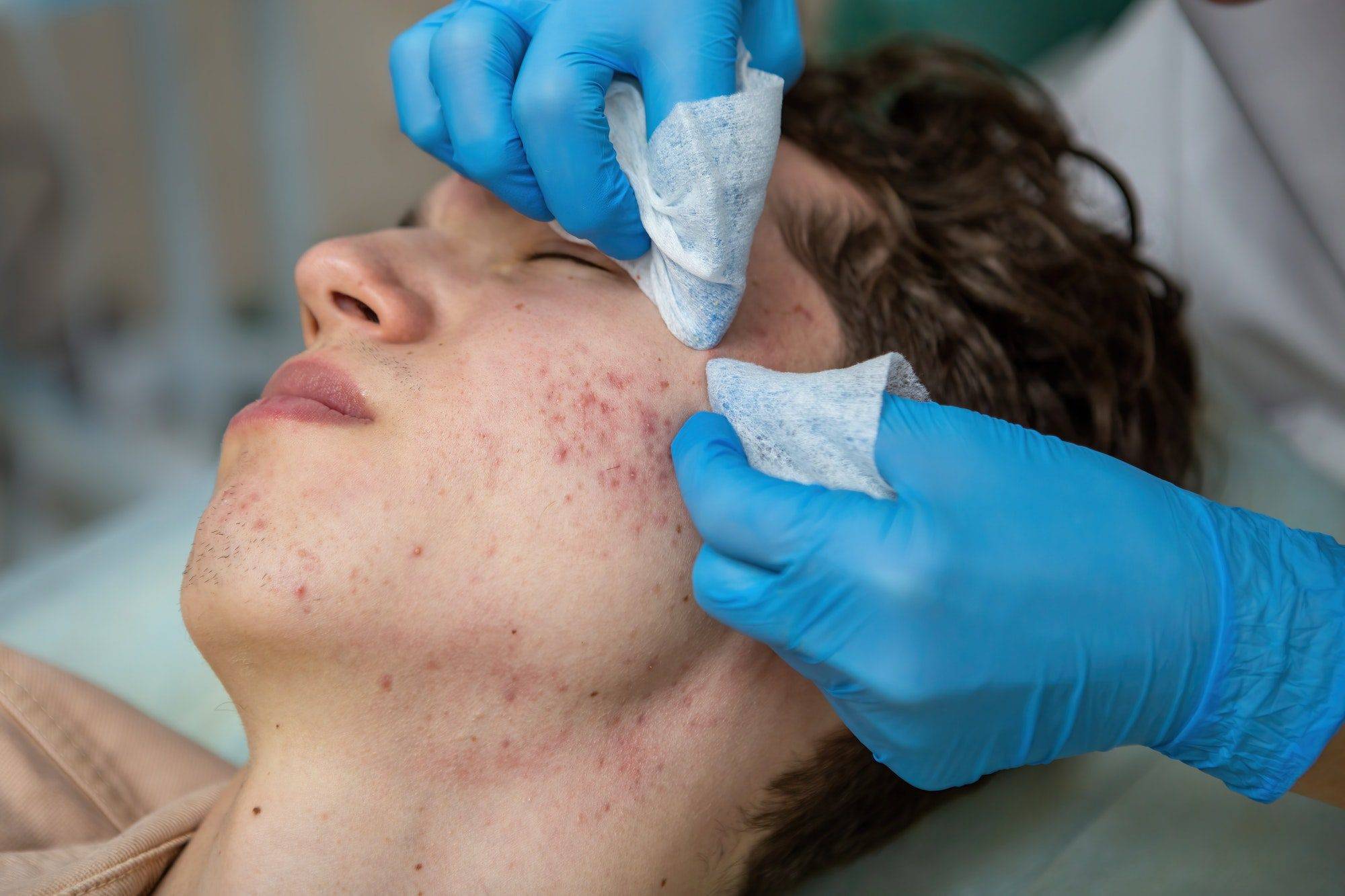
ACNE: What Is It
The combination of accumulated oil with dead skin cells and bacterial growth leads to hair follicle obstruction, which results in acne, which affects numerous people. Whiteheads, blackheads, pimples, cysts, and nodules form the typical appearance of acne, which mainly occurs on facial and chest and back regions. Acne affects people at any life stage, yet its peak occurrence happens during teenage years.
What Causes Acne
Acne develops because sebaceous glands produce excessive sebum that blocks hair follicles when combined with dead skin cells. The trapped oil creates an environment where Cutibacterium acnes bacteria thrive, which results in inflammation together with redness and pus formation. Acne persists based on three main factors, which include lifestyle elements as well as genetics and hormonal patterns.
Acne becomes worse due to various factors, which need proper management for effective control:
The natural increase of androgens during puberty and pregnancy and menstruation and PCOS leads to excessive oil production in the body. When hormone levels fluctuate, sebaceous glands increase their sebum production, which causes pore blockages and leads to acne breakouts. Patients need to consult medical professionals to identify and treat their hormonal imbalances when acne becomes problematic.
Excessive sugar consumption together with dairy products and high-glycaemic foods raises insulin levels, which promotes inflammation, thus worsening acne. Scientific studies demonstrate that consuming dairy and processed carbohydrates increases oil production. Eating a balanced diet of whole foods with healthy fats and antioxidant-rich vegetables supports better skin clarity.
Acne tends to worsen when people experience higher stress levels because their bodies produce more cortisol, which stimulates oil gland activity. The skin’s protective barrier becomes weakened by extended stress periods, which leads to increased inflammation and breakouts. Prioritizing stress management and relaxation techniques alongside sufficient sleep will help minimize acne triggers.
The improper removal of makeup and application of comedogenic products leads to breakouts. Acne becomes more severe when people use abrasive cleansers together with silicone-based primers and heavy foundations. Non-comedogenic, dermatologist-approved skincare products combined with proper skin cleansing techniques help preserve skin health while reducing breakouts.
Pollution, high humidity, exposure to intense heat, and perspiration can all lead to acne aAcne, together with clogged pores, emerges when individuals expose themselves to pollution and high humidity and hot temperatures and sweating. The skin becomes inflamed after pollutants and sweat merge with bacteria and oil on its surface. Protect your skin through regular washing while using antioxidant-rich skincare products and staying away from heat exposure for extended periods and clogged pores. Inflammation can result from pollutants and perspiration combining with germs and oil on the skin. The skin can be protected by routine washing, the use of skincare products high in antioxidants, and avoiding prolonged exposure to heat.
Acne appears or worsens in people who take corticosteroids, anticonvulsants, and birth control pills. The skin produces persistent breakouts because some medications either affect hormone production or disrupt oil manufacturing. Consult with a dermatologist regarding acne-related side effects prior to starting or ending any prescribed medication.
When you touch acne spots or burst them, you allow bacteria to enter the area, which results in worse inflammation and scarring. Acne-prone areas that are touched or adjusted repeatedly tend to spread bacteria, which worsens hyperpigmentation. Proper acne care, including spot treatments along with professional extractions, helps minimize further irritation.
Make An Appointment At Rasa Derm
Rasa Derm physicians will create a personalized treatment strategy based on your skin characteristics and concerns after evaluating your acne case. Schedule a consultation today with a professional to obtain clear and healthy skin under their guidance.
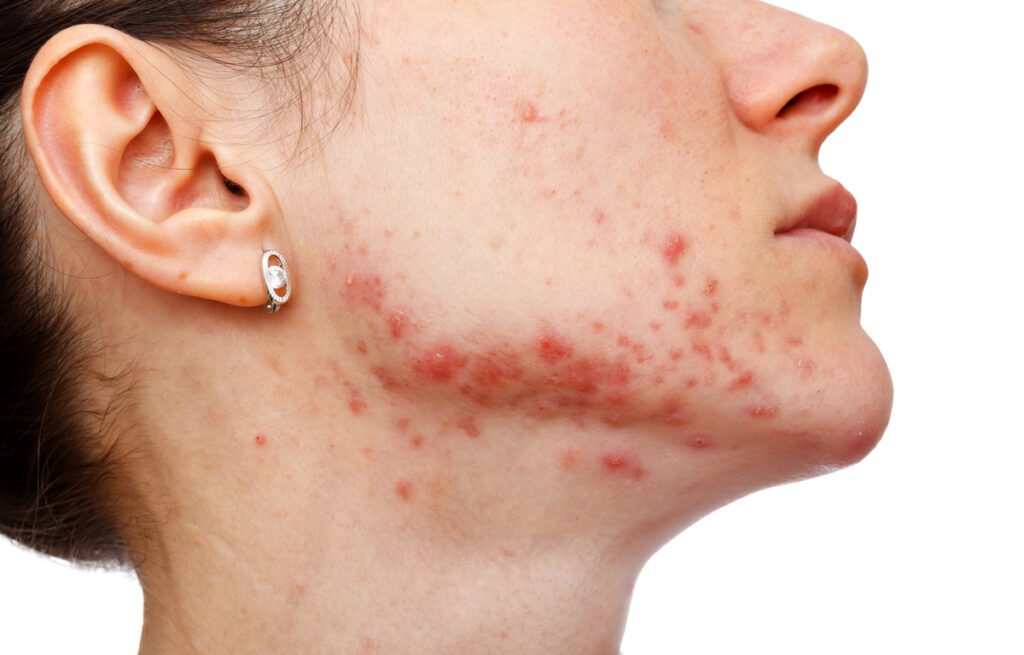
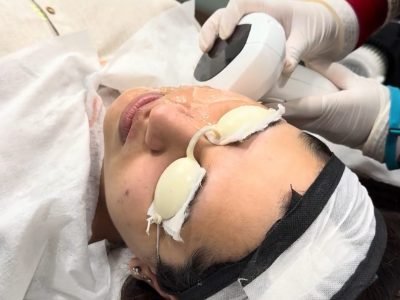
Lumecca Photo Facial
Intense pulsed light reduces pigmentation and boosts radiance.
- Session Duration: 30–45 minutes
- Sessions Required: 3–5 sessions
- Gaps Between Sessions: 3–4 weeks
- Results: Brighter, Even-toned skin

Laser Toning
Non-invasive laser treatment for pigmentation, acne marks, and dullness.
- Session Duration: 20–30 minutes
- Sessions Required: 4–6 sessions
- Gaps Between Sessions: 2–4 weeks
- Results In : Clear, Rejuvenated skin
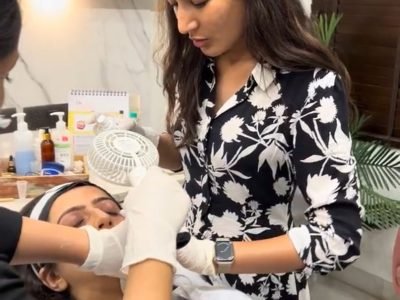
Chemical Peels
Exfoliates dead skin, improves acne, and reduces pigmentation.
- Session Duration: 20–30 minutes
- Sessions Required: 3–6 sessions
- Gaps Between Sessions: 2–4 weeks
- Results In : Smooth, Glowing skin
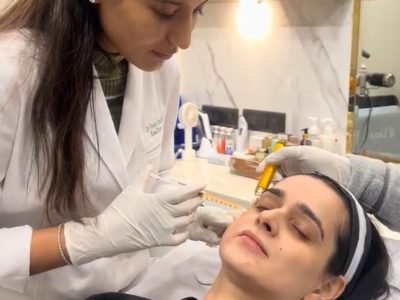
Vampire Facial
Advanced growth factors micro needling for active acne and texture improvement.
- Session Duration: 45–60 minutes
- Sessions Required: 3–4 sessions
- Gaps Between Sessions: 4–6 weeks
- Results In : Firmer, Youthful Skin

Microdermabrasion is a minimally invasive procedure used to renew overall skin tone and texture.
Session Duration: 30- 45 mins
Sessions Required: 7- 8
Gap between sessions: 7- 8
Sessions Required: 4 hours
Results: Takes a month

The treatment uses DermaFrac, which is a micro-needling (skin needling) machine that offers simultaneous delivery of infused ingredients in a pain-free manner without any downtime.
Session Duration: 30- 45 mins
Sessions Required: 7- 8
Gap between sessions: 7- 8
Sessions Required: 4 hours
Results: Takes a month
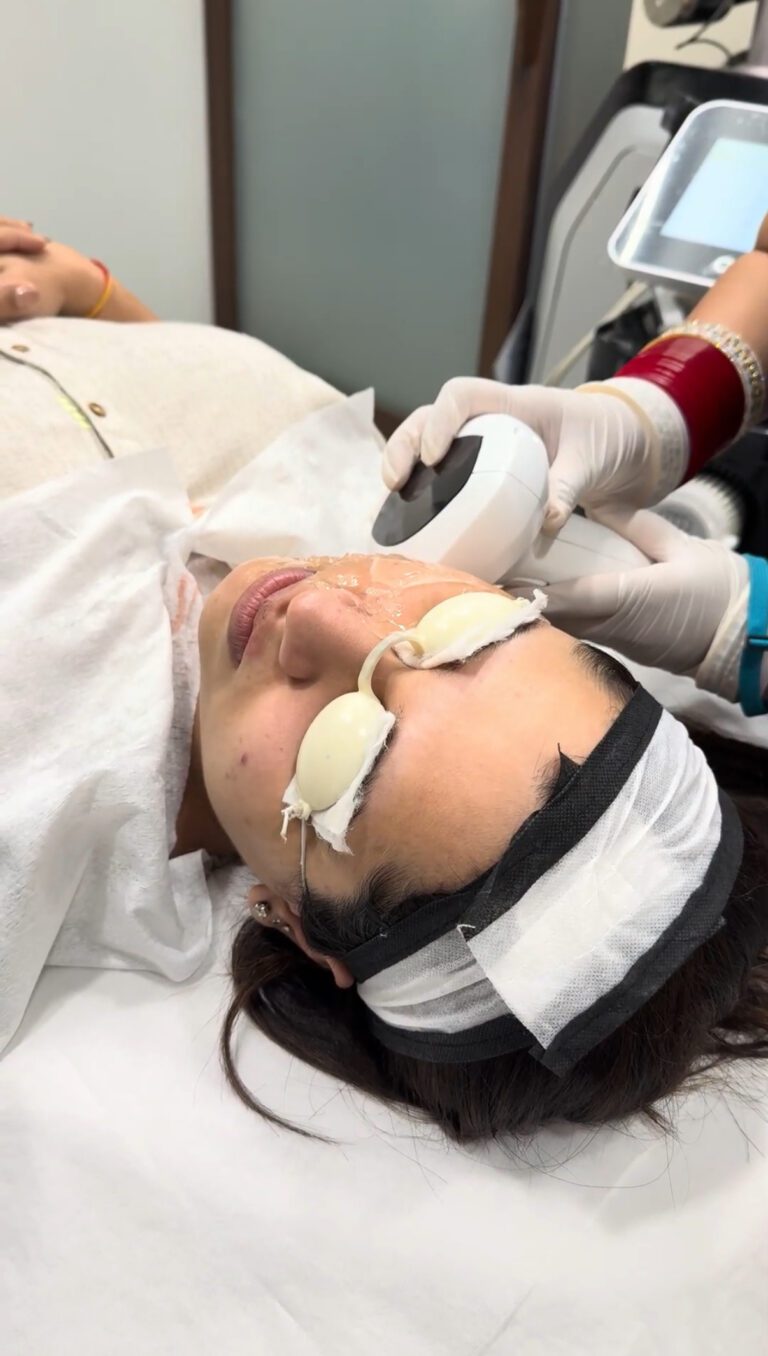
Transform your skin and reveal its natural radiance with Lumecca Photofacial, a revolutionary IPL (Intense Pulsed Light) therapy designed to tackle pigmentation, redness, and uneven tone with precision and care.
Session Duration: 30- 45 mins
Sessions Required: 3-5
Gap between sessions: 7- 8
Results In: Brighter, even-toned skin
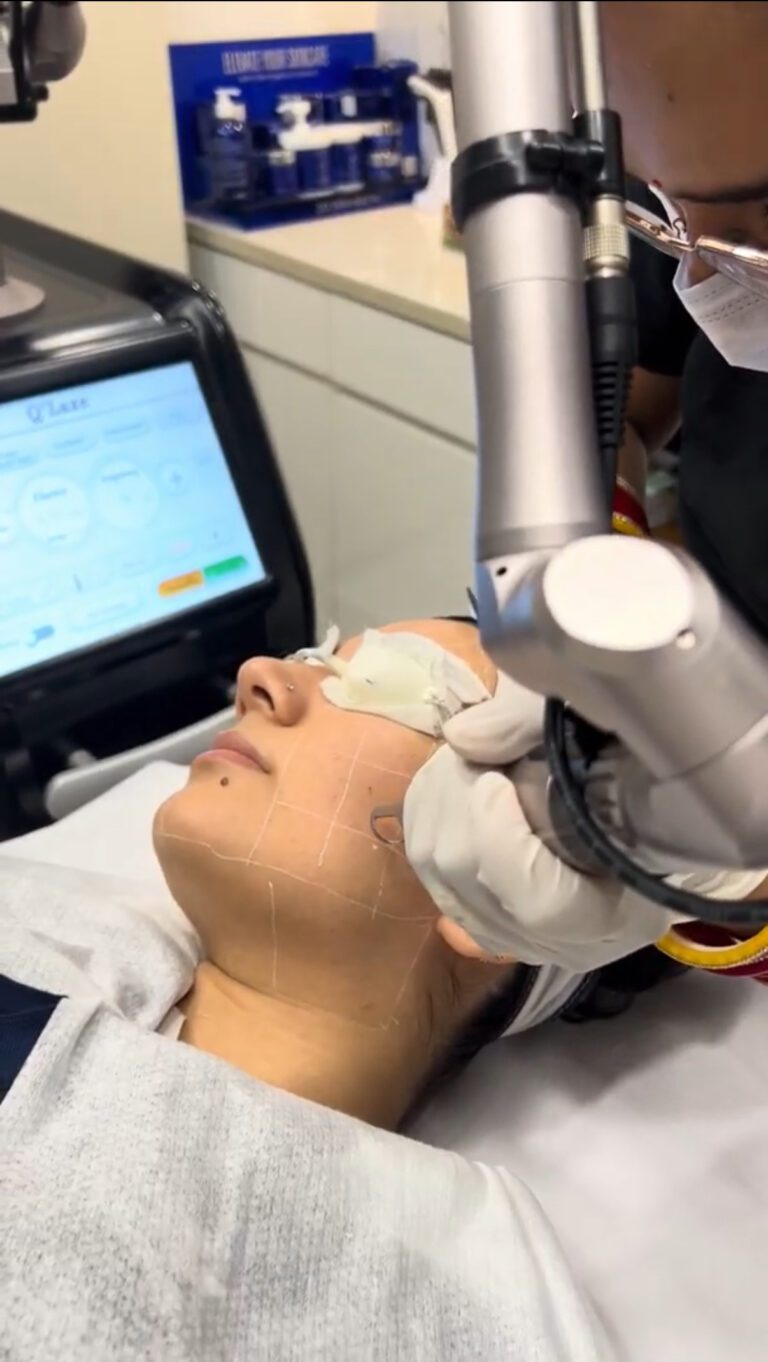
Laser toning is a non-invasive treatment to brighten skin, reduce pigmentation, and rejuvenate your complexion, offering effective results with minimal downtime.
Session Duration: 20- 30 mins
Sessions Required: 4-6
Gap Between sessions: 2- 4 weeks
Results In: Clear, rejuvenated skin
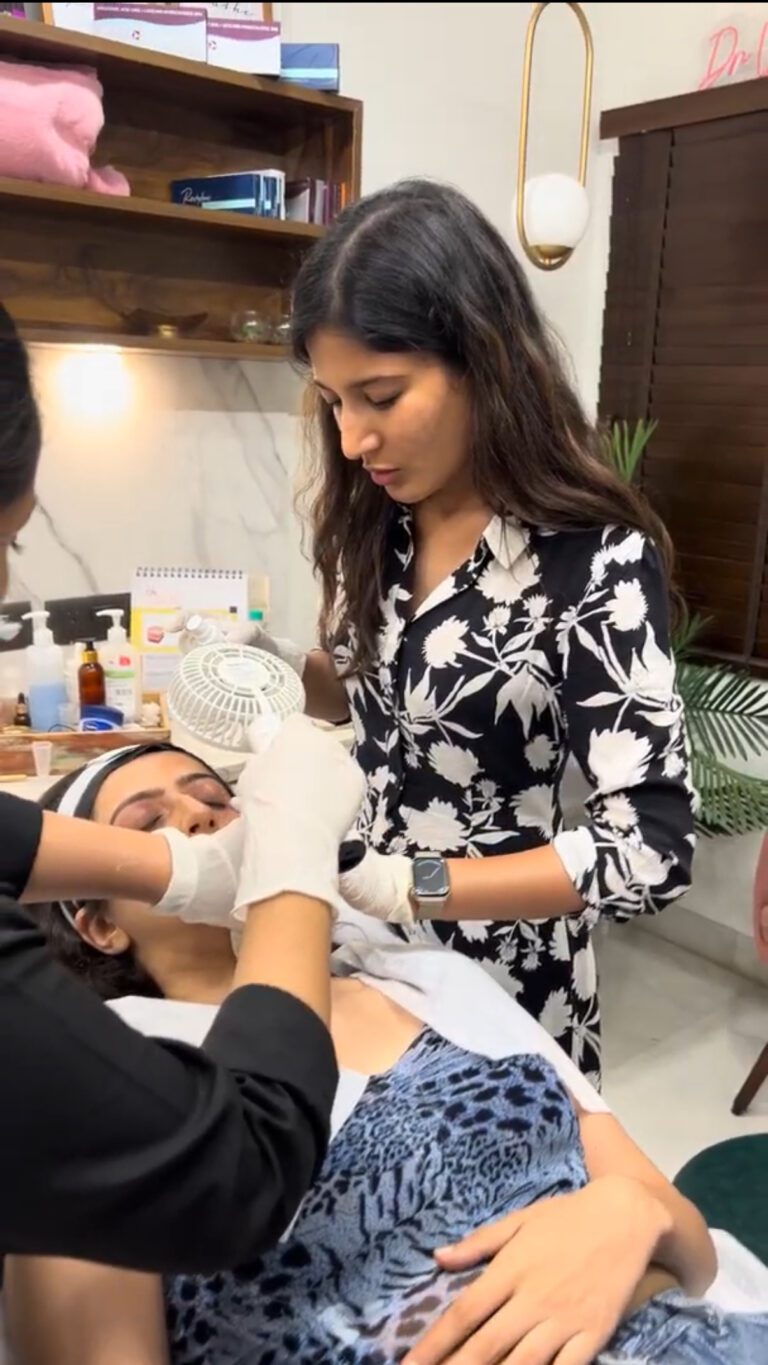
Chemical peels exfoliate and rejuvenate the skin, addressing acne, pigmentation, and fine lines for a smoother, youthful appearance.
Session Duration: 20- 30 mins
Sessions Required: 3-6
Gap between sessions: 2- 4 weeks
Results In: Smooth, Glowing Skin
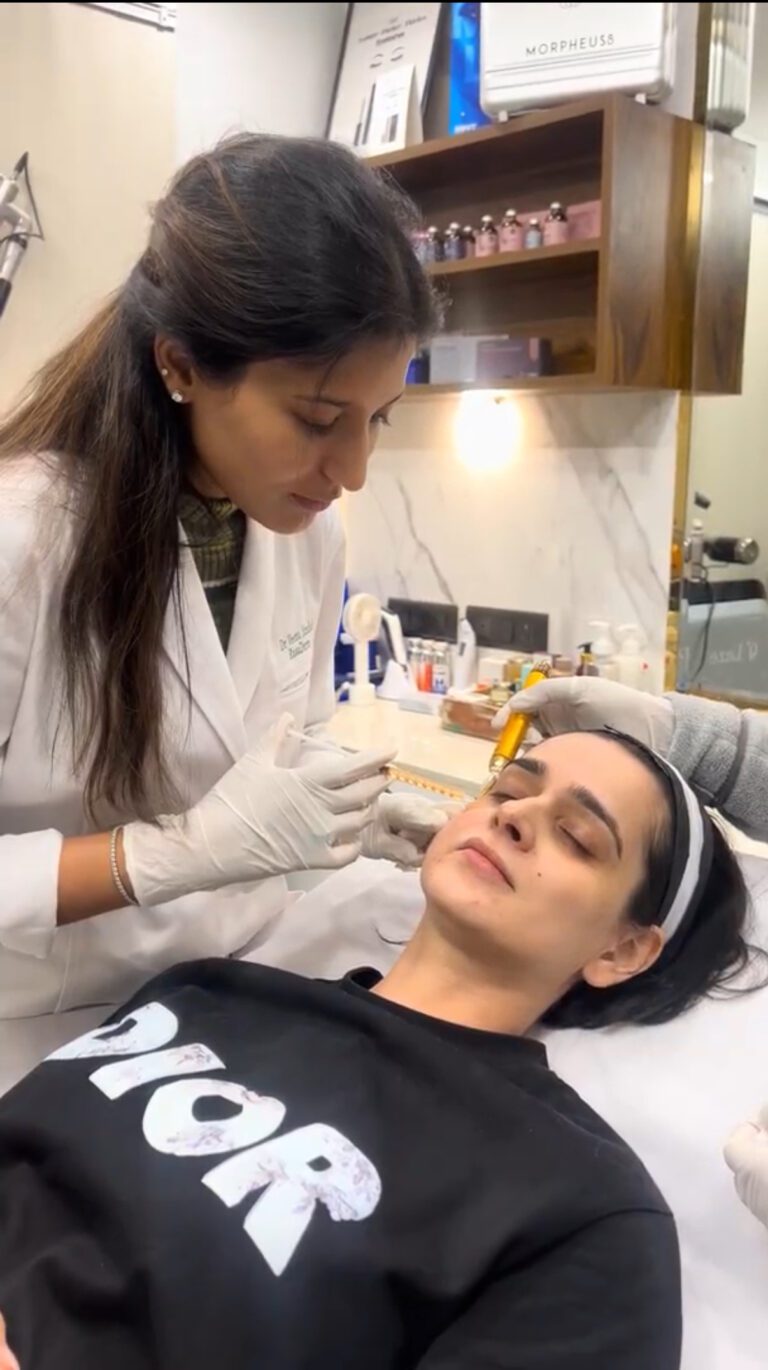
Experience youthful, radiant skin naturally with the Vampire Facial, using PRP therapy to boost rejuvenation.
Session Duration: 40- 60 mins
Sessions Required: 3-4
Gap between sessions: 4- 6 weeks
Results In: Firmer, Youthful skin

A micro needling session that infuses skin with nutrients to repair and restore scarred areas.
Session Duration: 30 mins
Sessions Required: 4-5
Gap between sessions: 2- 3 weeks
Results In: Revitalized, Refined skin
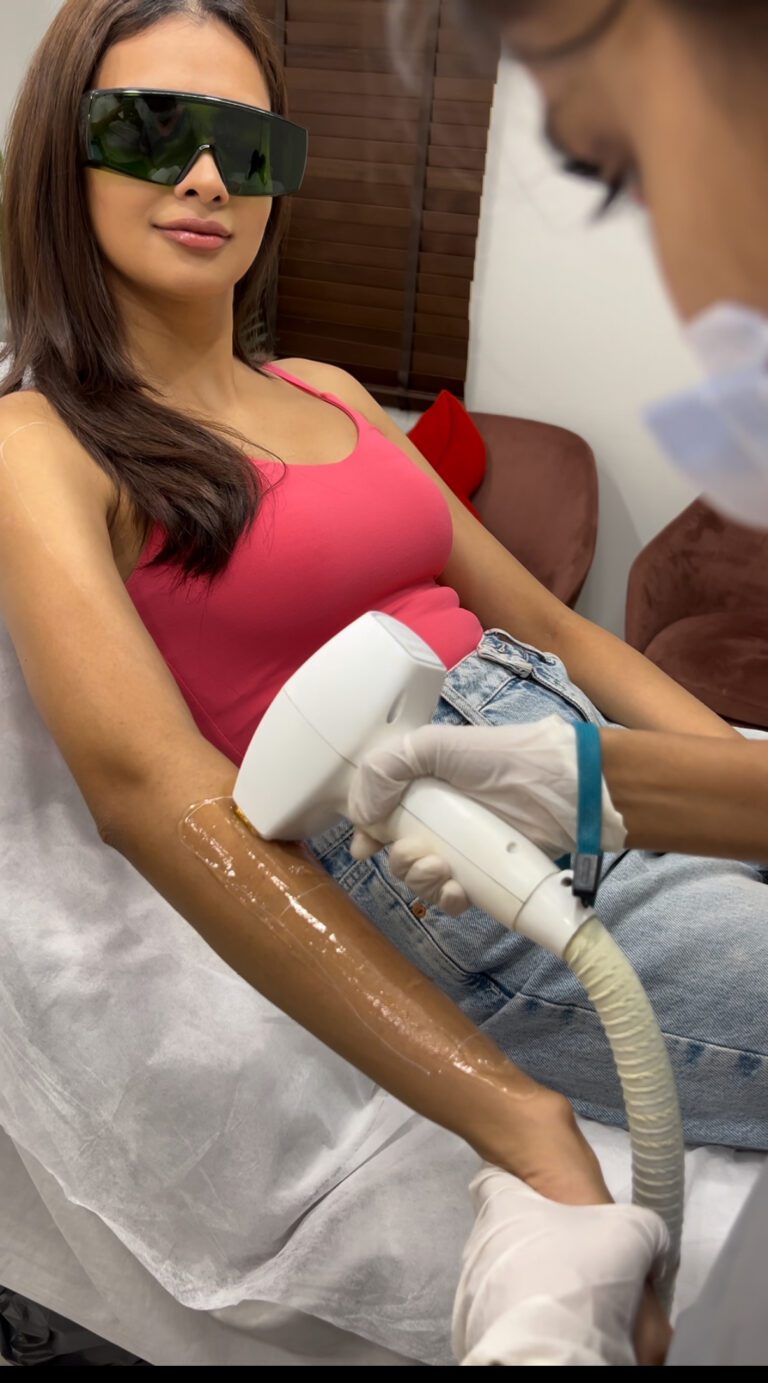
A long-term solution that reduces hair growth significantly
Session Duration: 20–60 minutes
Sessions Required: 6–8 sessions
Gap between sessions: 4–6 weeks
Results In: Smoother skin, Reduced hair growth
Acne is most often seen in teenagers and young adults and disappears on its own at the end of puberty. However, if you continue to struggle with acne as an adult, it probably needs medical attention. Almost all acne can be successfully treated. It is just a matter of finding the right treatment for your skin type.
Pimples are symptoms of acne. Acne is a condition affecting the skin’s hair follicles and oil glands.
Yes. Even after thoroughly cleansing the make-up and taking care of your skin, it is normal to have acne once in a while. If you find that it’s occurring too frequently, please seek the advice of a medical professional.
Acne scars do not go away on their own. Depressed or scratched acne scars are often noticeable with age. However, there are a number of treatments like MNRF (Micro Needling Radio frequency), chemical peels, fractional lasers or Growth Factor Concentrate therapy that can make the scars less noticeable.

